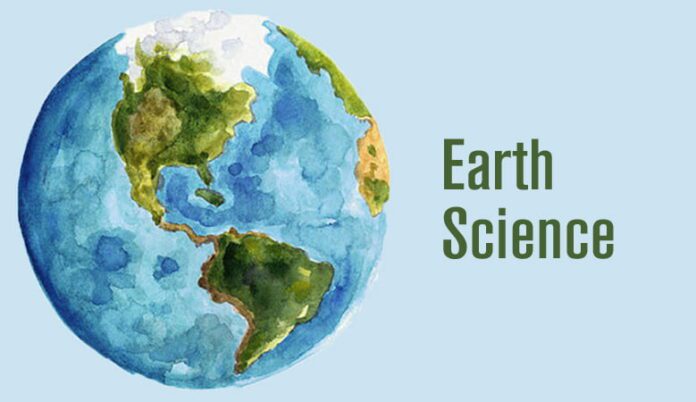Earth sciences cover all areas of our planet. The atmosphere, geology, area and oceans. Scientists from all over the world study these parts and determine the meaning behind each aspect.
The four basic courses found in earth sciences can be oceanography, astronomy, geology, and meteorology. Below we will focus on these completely different classes and their meaning.
science again
Meteorology is the scientific study of the atmosphere and therefore of the weather. You’ll usually find most of these people in government agencies, and you’ll find your local climate expert on TV or radio.
The oldest science we know today
The fundamental focus of astronomy is the study of regions, stars and planets. While this may seem like a study that isn’t terribly relevant to us here on Earth, it actually has a lot to do with us, because Earth and this galaxy, indeed the entire universe, work syncopated together. Observing through large telescopes, astronomers combine observation, math, geometry and physics to observe our outermost neighbors and use this data to better sense our personal world and its interaction with the universe.
This also helps our house to travel to the moon and explore different houses.
Geolithology
Geology focuses on the study of solid earth elements such as rocks and formations. The study of geology affects everyone’s life for scientists. By understanding rocks, soils, mountains and other pure phenomena, it is a great help in finding necessary pure resources such as oil minerals and water sources. Often you will find groups of geologists and meteorologists serving each other to understand the Earth’s environment.
What science can we discover in the ocean?
Finding what is in the planet’s oceans would be considered oceanography. This could be anything in a living organism, in a cave, or how waves of a completely different size reach the shore. Because of the magnitude of what oceanographers are discovering, they must combine their own science with that of biology, chemistry, meteorology, physics and geography to complete their research. Oceans cover more than 71 percent of the Earth. A full survey of the ocean will take 12 months and many years. Not only is it essential to study what is in the ocean, but also how it interacts with the surrounding air and environment.
Earth Science Experiments Made Fun and Easy
Earth science experiments are a fun and practical way to study Earth processes. This is a great category to choose if you’re interested in things like fossils, minerals, rocks, earthquakes, volcanoes, weather, oceans, marine life, or prehistoric creatures. Lightning is a phenomenon that fascinates many people and can be an interesting subject for experimentation. Lightning is not only beautiful and poetic, but also highly destructive, often causing city-wide power outages and raging wildfires. The average length of lightning is only about three miles, the width of a finger, but it heats the surrounding air to a temperature five times that of the sun’s surface. It generates enough energy to power a 100-watt light bulb for three months.
Fun earth science experiments could include making lightning in a frying pan. In addition to adult supervision, you will need an aluminum pie pan, a ballpoint pen, a thumbtack, a wool sock, and a piece of Styrofoam. To get started, you need to push a pin up through the center of the pie plate and then push the end of the pin onto the pin. If it won’t hold itself, you may need to glue it in place. Then you quickly wipe the Styrofoam with a wool sock and pick up the aluminum cake pan with a pen. Place it on top of the Styrofoam. Be careful not to touch the pie plate with your hands. While the lights are off, slowly move your fingers closer to the pie plate. You should hear, feel and see the little sparks. You just made your own lightning!
